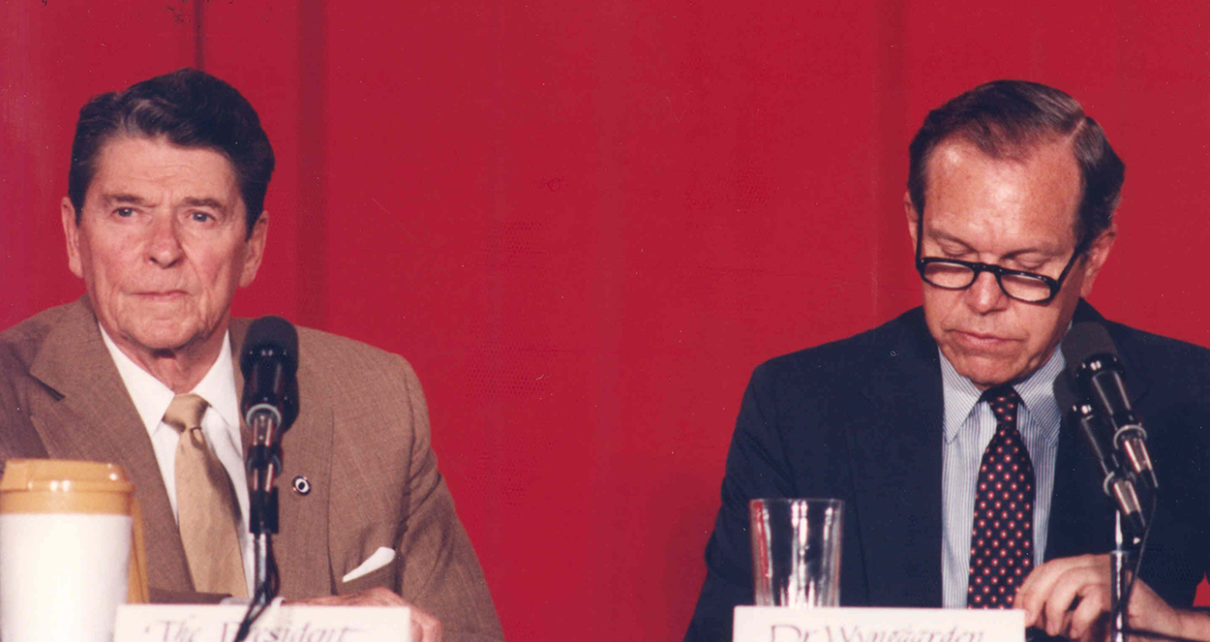The parallels between COVID-19 and the earlier HIV/AIDS epidemic within the US do not end with Dr. Anthony Fauci’s briefings to Congress and the American public on the state of the crisis. The HIV/AIDS epidemic similarly represented a significant public health threat, spreading rapidly across the US and the globe and killing hundreds within months of its emergence. As with the Trump administration’s lacklustre response to the burgeoning crisis, the Reagan administration was also caught unprepared by the epidemic and struggled to contain the fallout. Further, these crises, occurring against the backdrop of great power competition, offered fodder for disinformation campaigns, such as those launched by the Soviet Union that alleged that HIV originated from a US military research centre, which consequently became embedded within the African American community. These complimentary cases highlight the role of external strategic competition and internal social strife exacerbated by poor governance in the proliferation of disinformation.
The height of the HIV/AIDS epidemic represented a modern mass tragedy whose legacy continues to reverberate nearly forty years after its emergence within the global human population was fully recognized. After an article in the Centers for Disease Control and Prevention’s Morbidity and Morality Weekly Report highlighting a series of young, previously healthy gay men who had developed a form of pneumonia commonly associated with weakened immune systems, HIV began its rapid spread through the global population. Only five years later, thousands in the US alone would be killed by the disease, while the UN had announced that it had been detected in every region of the world.
However, the LGBTQ+ communities of New York and San Francisco, intravenous drug users, sex workers, and Haitians disproportionally borne the epidemic’s impact even as the virus spread deeper into American society, particularly among those suffering from blood-borne illnesses. Due to the Centre for Disease Control’s labeling these communities as “high risk”, many lost their jobs, faced discrimination in the housing sector, and were socially ostracized due concerns over HIV’s transmissibility. This uneven impact was also partly due to the federal government’s initial response to the crisis, along with long-standing disparities in the health infrastructure of the United States. The Reagan administration’s approach to the burgeoning epidemic was infamously inadequate in its scale and pace, with press secretary Larry Speakes joking with pool reporters about the “gay plague” in 1982. Further, the virus did not only affect the United States, but also significantly impacted the Soviet Union, prompting its disinformation campaign.
Following in part the US’ response, the Soviet Union similarly denied the existence of the HIV/AIDS epidemic within its borders while simultaneously blaming it on foreign countries. The USSR began studying the virus in 1985, initially recording few cases even as HIV infections dramatically increased within the US. However, this trend eventually reversed, prompting Soviet leadership to elevate its internal surveillance of “at-risk” groups, such as members of the LGBTQ+ community, sex workers, and other marginalized populations, and claiming that the morality of its population would prevent the disease’s propagation.
Further, the USSR also sought to blame the introduction of the disease on foreigners, particularly the US, by launching a disinformation campaign, codenamed “Operation DENVER.” This effort, conducted primarily by the KGB, centred around the intentionally false claim that HIV/AIDS originated from Fort Detrick, the US military’s biological research centre, as the result of a biological weapons experiment. This narrative, spread by the American and international press, also specifically targeted the African American and LGBTQ+ communities within the US, alleging that the federal government had designed the virus to instigate a genocide. These falsehoods, along with the environment of international competition that defined the Cold War, offers a compelling parallel to both the international and domestic politics of the COVID-19 pandemic.
While HIV/AIDS has largely become a treatable disease with the introduction of antiviral medications and pre-exposure prophylaxis (PrEP) within the US and across much of the world, COVID-19 remains a devastating global pandemic. Similarly, while virology and pharmaceutical science have improved dramatically, evidenced by the rapid sequencing of the novel coronavirus and the development of mRNA vaccines, disinformation campaigns remain a potent tactic within the information space. As with the USSR, China and the US have often traded accusations of engineering the virus, whether on purpose as part of a military experiment or incidentally, respectively, further highlighting their ongoing strategic competition.
The legacy of health care disparities and the marginalization of minority communities within the US has also impacted the effectiveness of these narratives, notably within the African American community. During the pandemic, stories claiming that the virus was designed for the purposes of population control spread rapidly throughout majority-Black online spaces, spurred in part by a long-standing lack of trust between the medical establishment and the African American community rooted in atrocities such as the Tuskegee experiment. As a result, these long-standing realities acted to accelerate the “info-demic” surrounding the coronavirus, significantly increasing its virulence.
Though not to a similar scale, the emergence of HIV/AIDS offered a precursor for many of the phenomena that would become common during the coronavirus pandemic. Arriving on American and Soviet shores with little official government fanfare in a decision that ultimately reflected their poor organization and disproportionately impacting those at the margins of mainstream society, HIV/AIDS was primed to become an epidemic. Within the context of long-running strategic competition between the superpowers and its relationship to social taboos, it was also primed to be the subject of disinformation campaigns. The same has been true of COVID-19, as competition between the US and China has steadily grown more intense over the pandemic and social issues such as anti-Black and anti-Asian racism continue to metastasize within American society. While history may not repeat itself, it often appears to rhyme.
Image copyright: “President Ronald Reagan visits the NIH Clinical Center” by National Institutes of Health via Flickr. Licensed under CC BY-NC 2.0.
Disclaimer: Any views or opinions expressed in articles are solely those of the authors and do not necessarily represent the views of the NATO Association of Canada.




